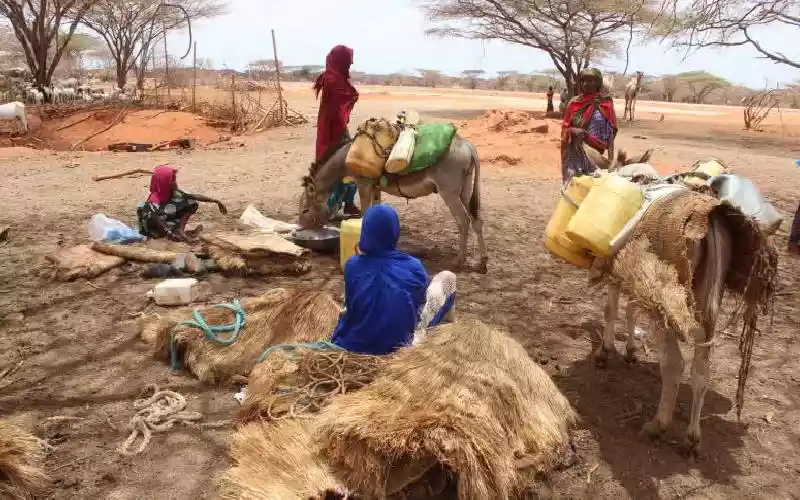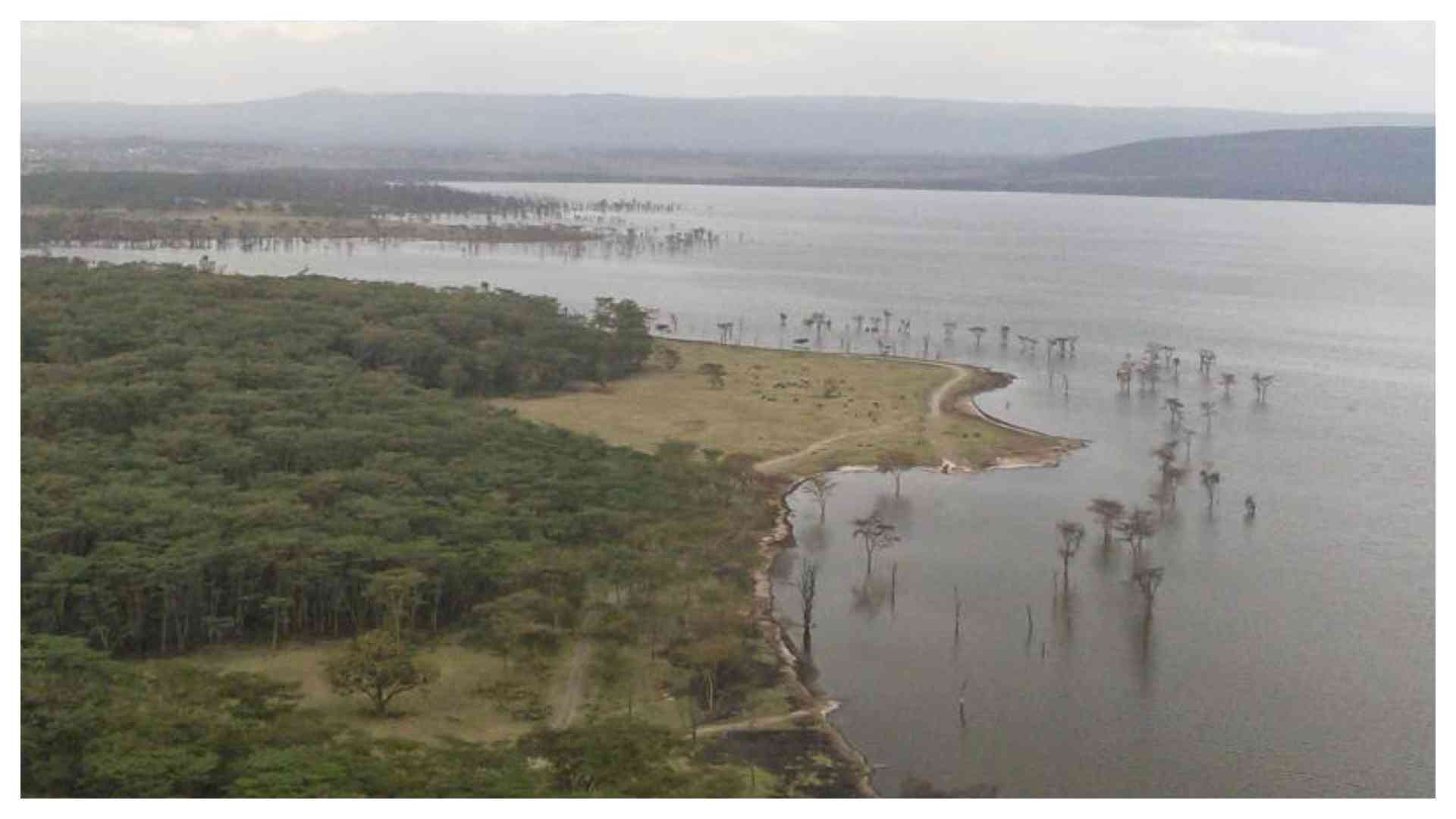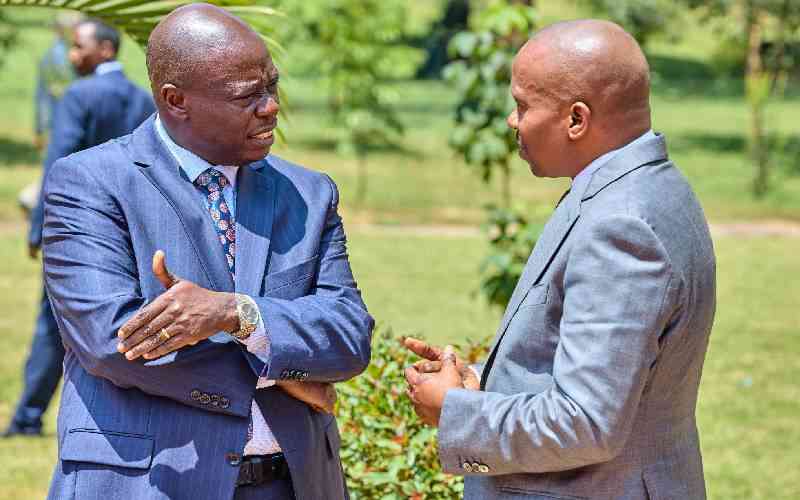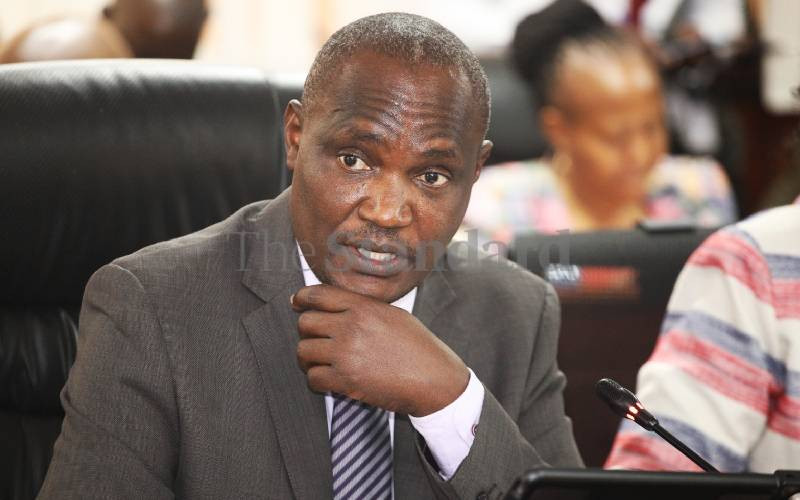
Residents of some Arid and Semi-Arid counties are set to benefit from water projects that will lead to improved access to the commodity in drought-stricken areas.
Turkana, Marsabit, Mandera, Wajir, and Garissa counties are expected to benefit from the six-year Horn of Africa Ground Water for Resilience Program (HoAGW4RP).
The project is also aimed at ensuring that the underground water reservoirs are well-recharged and protected.
WRA Chief Executive, Mohamed Shurie, said the water project approved in July 2022 will benefit approximately 1.5 million people across the five counties.
The project implemented by the Ministry of Water through the Water Resources Authority (WRA) is expected to build the capacity of communities in target areas on conservation measures.
In the recent past, residents in the five counties have experienced devastating floods as well as perennial droughts that have resulted in the loss of livestock.
Shurie said the project also seeks to address the conflict associated with access to water as well as foster regional integration of the communities living in the borderlands within the Horn of Africa.
"Besides solving the water problem in the Asal region, the project will also help conserve the transboundary waters beyond Kenyan borders in the North," said Shurie.
The project is a World Bank-funded regional program involving Kenya, Somalia, Ethiopia, South Sudan, Djibouti, and Eritrea.
In the recent past, residents in the five counties have experienced devastating floods as well as perennial droughts that have resulted in the loss of human lives and livestock.
Assessment data by the Asal Humanitarian Network on the latest drought experienced in 10 Asal counties reported that the situation left hundreds dead.
More than 2.5 million people are also food insecure with over 2.4 pastoralists left counting losses after the death of their livestock.
At the same time, the region turned out to be one of the worst hit areas by floods following the El Nino rains experienced in the country late last year.
According to the water agency, the project is tailored to conduct a survey for harvesting of the flood and rainwater to recharge ground water volume.
Stay informed. Subscribe to our newsletter
"We need to assess the seven aquifers, survey, and redirect some of this flood water into the ground to prevent boreholes from drying up," he said.
WRA Project Implementation Unit Coordinator Agatha Njuguna said that through the introduction of managed aquifers, they will be able to tap rain and flood water into a sand dam and let it sink over time into the ground.
"We are trying to intercept water and create a reservoir allowing the water to percolate into the ground. The aquifer is a very big resource in terms of storage, you sort of put in conducive conditions for the water to sink instead of creating floods and causing havoc," Njuguna said in Garissa on Wednesday during a public participation forum.
With the ongoing public participation, the WRA boss noted that harmonisation of the resident's views, the counties' administration vision, and the national government will be instrumental in the implementation phase of the project.
"We have signed a formal agreement with the Water Resources Users Association and the county governments on the implementation framework," he said, stating that the project will extend to support livelihood projects.
The ongoing water project is being implemented by the national government through WRA in collaboration with the Water Sector Trust Fund and partly the Ministry of Water.
WRA is mandated by the national government to allocate, conserve, and manage water resources in the country.
 The Standard Group Plc is a
multi-media organization with investments in media platforms spanning newspaper
print operations, television, radio broadcasting, digital and online services. The
Standard Group is recognized as a leading multi-media house in Kenya with a key
influence in matters of national and international interest.
The Standard Group Plc is a
multi-media organization with investments in media platforms spanning newspaper
print operations, television, radio broadcasting, digital and online services. The
Standard Group is recognized as a leading multi-media house in Kenya with a key
influence in matters of national and international interest.
 The Standard Group Plc is a
multi-media organization with investments in media platforms spanning newspaper
print operations, television, radio broadcasting, digital and online services. The
Standard Group is recognized as a leading multi-media house in Kenya with a key
influence in matters of national and international interest.
The Standard Group Plc is a
multi-media organization with investments in media platforms spanning newspaper
print operations, television, radio broadcasting, digital and online services. The
Standard Group is recognized as a leading multi-media house in Kenya with a key
influence in matters of national and international interest.






